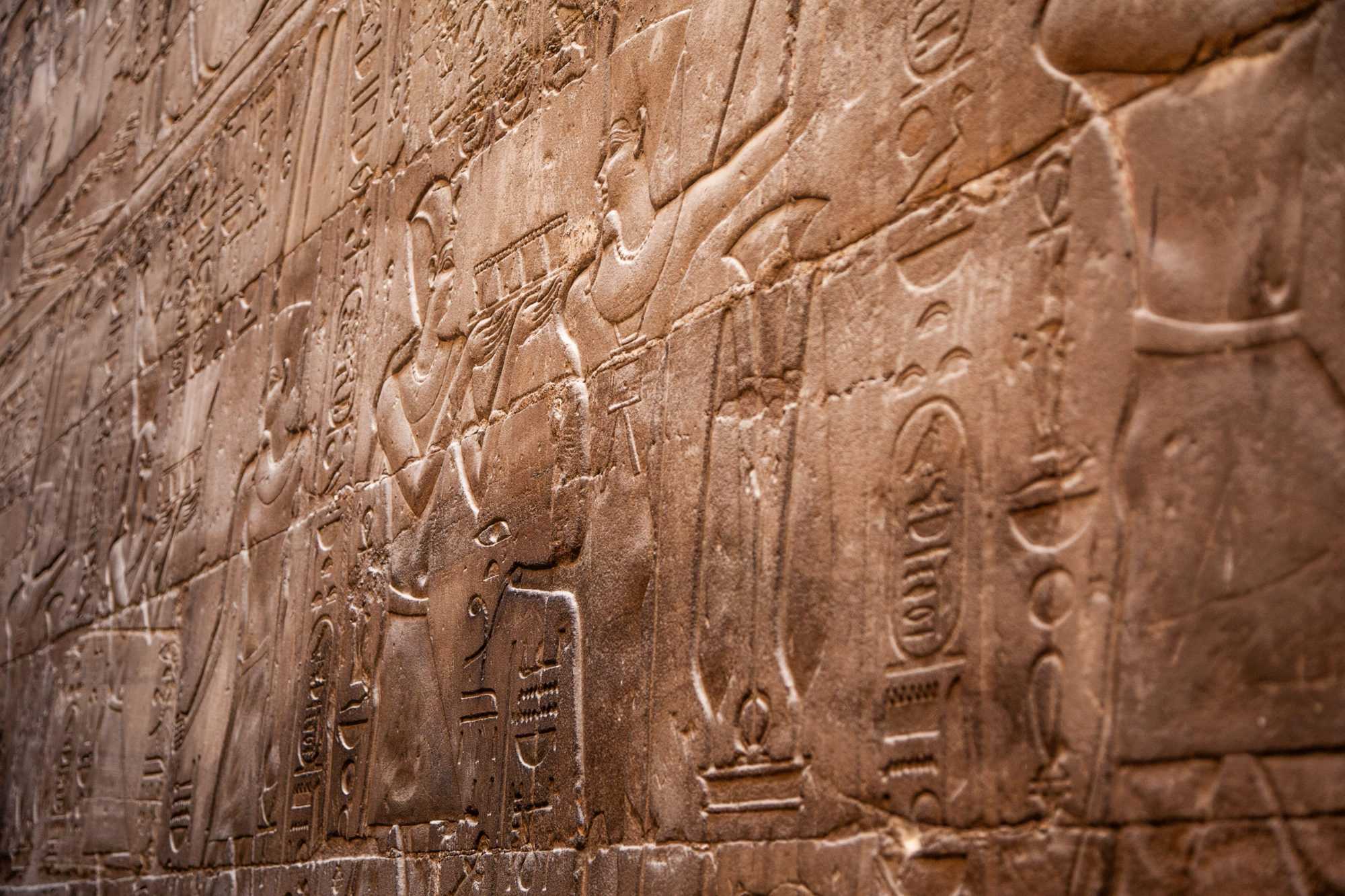BY DAVE RANKIN
In my last article we spoke of the Great Pyramids of Giza and the pharaohs attributed to them. Truly works of remarkable feats completed by members of society working together. It reminds me of the KiSwahili words ‘pamoja tutashinda’ which means ‘Together We Will Win.” The highlights of the Old Kingdom sparked by Kufu, Khafre, and Menkaure were to be challenged during this next period of reign. As with all epochs in life, you will have a time where everything is working smoothly, and then you have your periods of chaos.
Let us introduce what is to be called the First Intermediate Period. The definition of this period goes a little something like this; it is known as the period when Ancient Kemet plunged into chaos due to foreigners coming into the country. Political conflict and greed destabilized this great nation. Now just to be clear, Ancient Kemetians did not label this period in time ‘intermediate;’ this title would have been given to them by 19th century Egyptologists.
The First Intermediate Period covers the 7th–10th dynasties, which spans about a 100 years.
Note: A dynasty is a succession of rulers belonging to the same family.
This would have occurred during the approximate years of 2270-2100 BCE and it began like this.
The death of Pharaoh Pepy the 2nd (2278-2184 BCE), who took the throne at around 6 years old, left a void in the monarchy. According to high priest Manetho, Pepy the 2nd ruled for 94 years and outlived most of his successors. During the later years of his life, the pharaoh had made some decisions that came back to haunt Kemet.
One was the tax exemption placed on the many temples. With no money coming back to the central government, Kemet went bankrupt. This caused the central government in Memphis to collapse and give rise to the power of the nomarchs. A nomarch is a governor of a certain region of land, called nomes. Simply put, the nomarchs acted on behalf of the Pharaoh when government was strong. Since Pepy left the country in dire straights, nomarchs took it upon themselves to do whatever they wanted.
This included the allowance of foreigners to come into the country and set up shop; arrangements between foreigner and nationals were set and intermarriages took place. At this point, Kemet was an open market. For a more detailed account, please refer to Chancellor Williams’s ‘The Destruction of the Black Civilization’. He dedicates a chapter to this aptly titled, ‘Ethiopia’s Oldest Daughter: Egypt’.
During the 7th and 8th dynasty, High Priest and Historian Manetho tells us that at one time there were at least 70 pharaohs who each ruled for 70 days. It is no wonder such a calamity would have plunged Ancient Kemet into a dark age. Around 2134 BCE, a once unified Kemet was now divided again with two power bases: Thebes in Upper (South) Kemet, and Heracleopolis in Lower Kemet (North).
The 9th dynasty was no better. The Heracleopolitan pharaohs were evil, cruel and violent during this time. This led to Upper and Lower Kemet continuing to fight for power right up until the end of the 10th dynasty. It wasn’t until the coming of Pharaoh Mentuhotep the 2nd, that Lower Kemet became unified. The 11th dynasty, brought an end to this chaos.
During this time many monuments and records were destroyed. Many lives were lost and a great division between the people was formed. It is almost like a seed or ‘asili’ was planted, never to be uprooted, changed the discourse of Kemet. Let’s be frank by saying this, the First Intermediate Period was a great stain on this nation. However the many lessons learned during this time, showed us one thing, a dark age could only be followed by a new renaissance.

